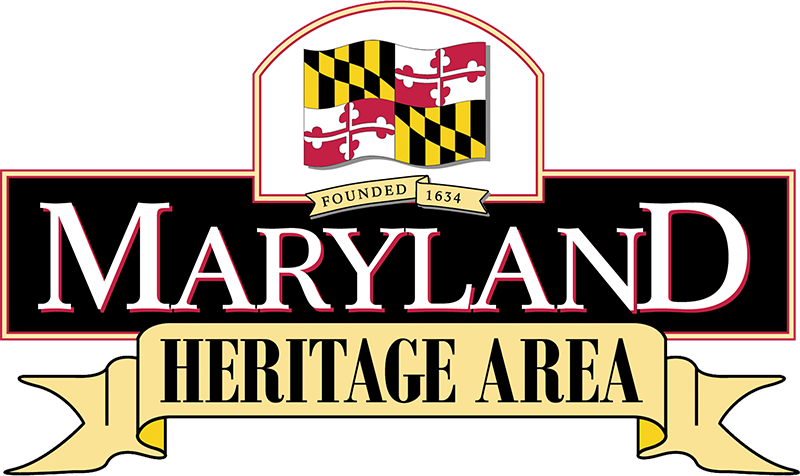Our Lady of Victory statue was erected by the Sisters of Charity soon after the war in thanks to God for sparing St. Joseph’s College from the destruction of the Civil War.
The cemetery holds the remains of over 4,700 Union soldiers killed at Antietam and other nearby battlefields.
Two Confederate soldiers killed during “Corbit’s Charge” are buried in the cemetery of this church.
The Ellsworth Cemetery was one of the main burial sites for African-Americans in Carroll County.
Elmwood Cemetery is the final resting place of over 200 Confederate veterans, including 114 who were killed, or who later died from wounds, at the Battle of Antietam.
The Fairview Methodist Episcopal Church is an African-American church with several United States Colored Troops veterans buried in its cemetery.
The park, created in 1894, preserves and commemorates the Battle of Gettysburg, fought July 1-3, 1863.
The Laboring Sons Cemetery and Memorial Grounds in Frederick is the final resting place for six Civil War veterans who served in the United States Colored Troops.
The Lee Headquarters Marker indicates the location of Confederate General Robert E. Lee’s headquarters during the Battle of Antietam.
At least 30 veterans of the USCT are buried in this cemetery for African Americans in Gettysburg.
In 1878 Franklin County, Pennsylvania citizens erected the Memorial Fountain and Statue to honor the more than 5,000 county citizens who served in the Civil War.
Union and Confederate forces clashed here on July 9, 1864, in the “Battle that Saved Washington.”
Many Union and Confederate soldiers are buried in this cemetery, as well as Barbara Fritchie and other Civil War notables.
This cemetery in Gettysburg National Military Park holds the remains of 3,555 Union soldiers.
The church building was used as a hospital during the war, and the cemetery holds the remains of Roger Brooke Taney and several Civil War soldiers.
Tolson’s Chapel was an African American church and Freedmen’s Bureau school in the years after the Civil War.
Washington Confederate Cemetery, a section within Hagerstown’s Rose Hill Cemetery, holds the remains of 2,468 Confederate soldiers, mostly unknown, killed in the Antietam, South Mountain, and other battles.
Washington Monument was used as a Union signal station before and during the Battle of Antietam, and during the Confederate retreat from Gettysburg.
The old Union Meeting House that stood in the center of the cemetery served as a hospital for the wounded from Gettysburg.
The Gettysburg Women’s Memorial is a tribute to the women of Gettysburg who served and suffered because of the battle.



